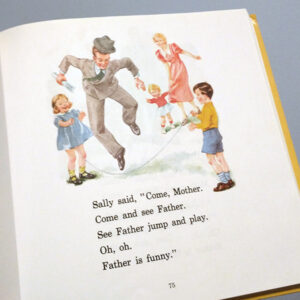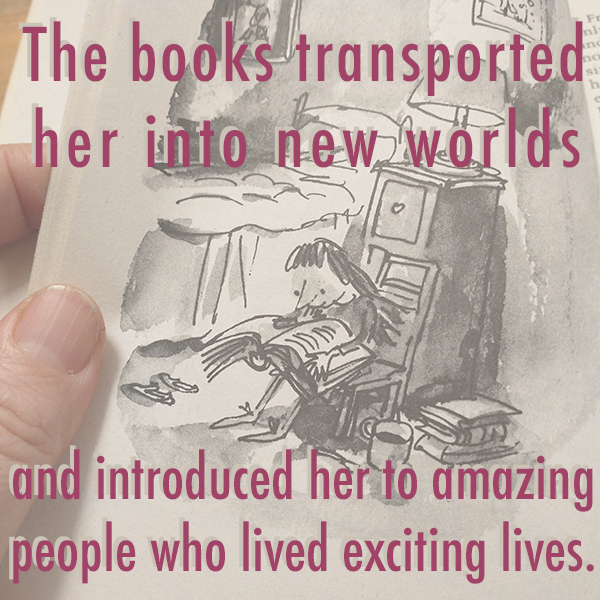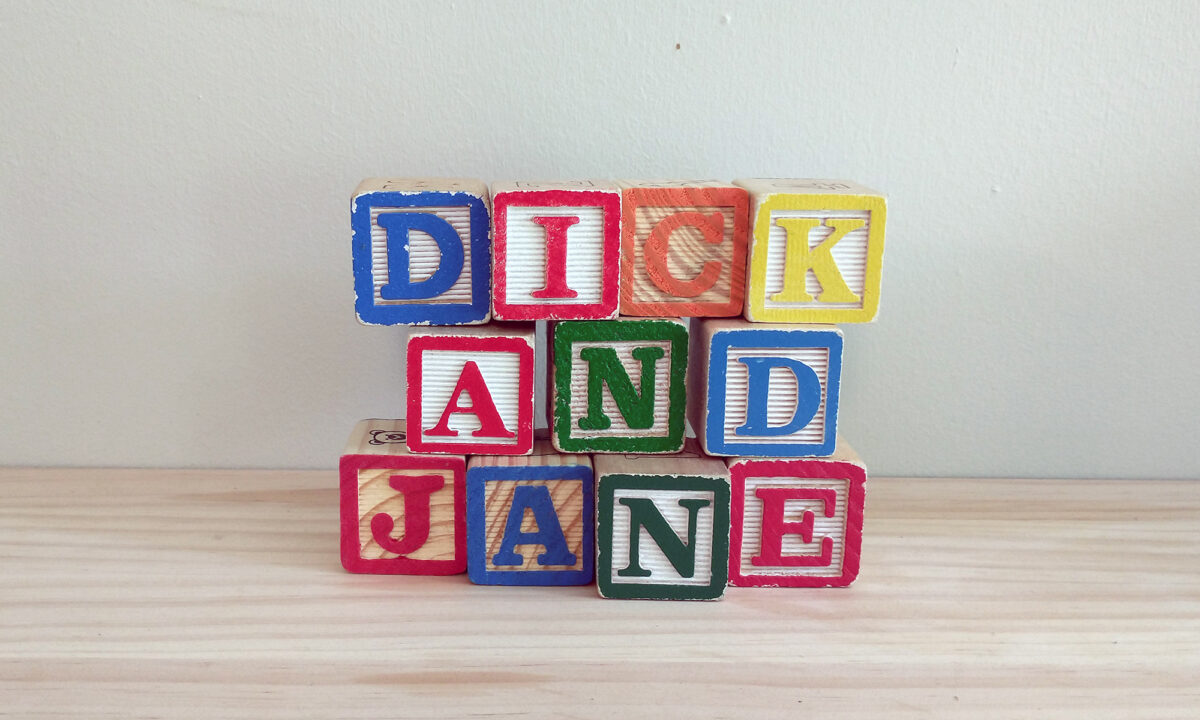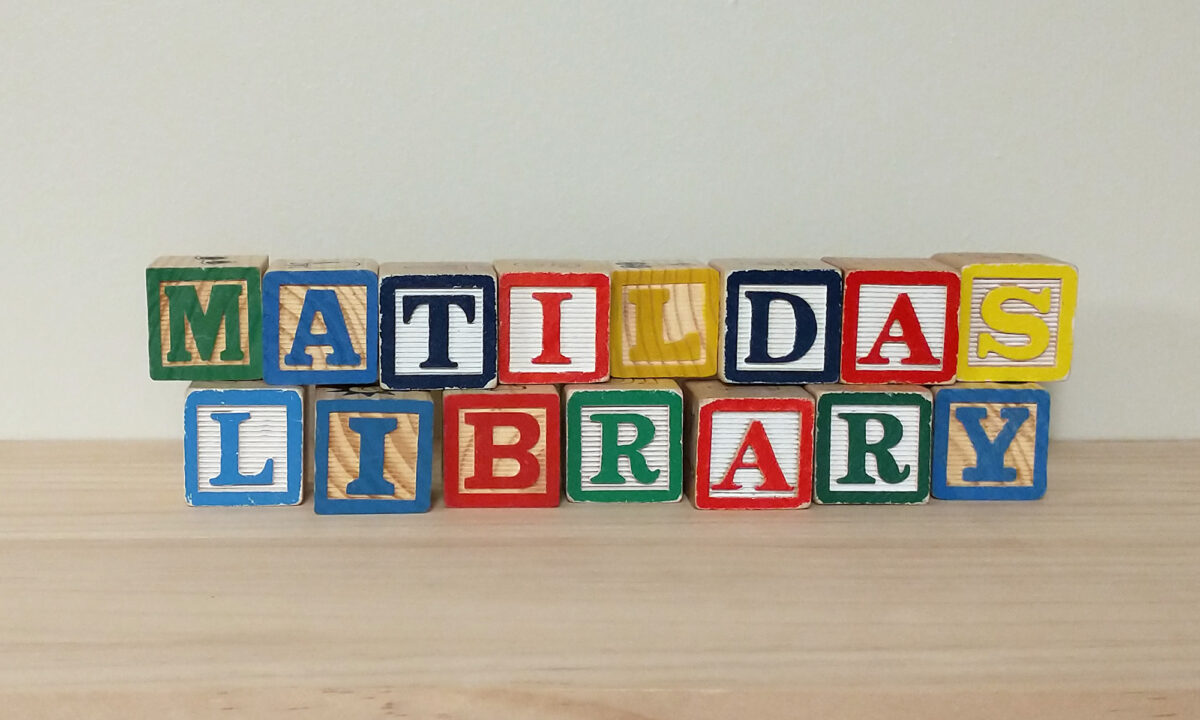Neil Gaiman is one of the most widely read and influential authors of the present day, and he’s written a lot of children’s books. So what should parents, teachers, librarians, and book lovers do with his books now that several women have made similar — and very serious — accusations against him? How can we use this situation as a case study of when it is and isn’t possible to separate works of art from their creators?
Tag: curriculum
151 – Why Can’t University Students Read?
A recent article in The Atlantic caught my attention. “The Elite College Students Who Can’t Read Books” by Rose Horowitch shares stories from professors at elite schools who have found that over the last 20 years (the time period in which kids got smartphones . . . hmmm . . .) students’ attention spans have eroded to the point that many of them can’t manage to read an entire novel anymore.
I had some thoughts on this, and my take on whether or not students should be enrolling in liberal arts programs in the first place might surprise you.
Have you read this article? Do you agree or disagree with the anecdotes and opinions shared by the professors? What recommendations would you make to individual teachers and parents about how to help kids practice the skills needed to enjoy and analyze literature?
88 – A Defense of Dick and Jane
Dick and Jane used to be the kids who taught American kids to read. Now the readers chronicling their adventures are largely considered old fashioned because of the rise of phonics in the 1970’s as well as the emergence of an entire industry based around selling literacy curriculum.

Dick and Jane books are old fashioned. But sometimes old things stick around because they are tried and true. Although Dick and Jane readers make use of sight words, they are also fun. They also instantly build confidence, something that phonics-based readers are not great at. While phonics absolutely should remain a big part of early reading curriculum, sight word books like the Dick and Jane readers can go a long way toward teaching little ones that reading is fun and that anyone can do it. That kind of confidence and enthusiasm will help instill a lifelong passion for reading in any young child, especially those who have previously given up on reading.
48 – Matilda’s Library
Matilda was Roald Dahl’s last major work, being published just two years before the author’s death. At the end of his life, Dahl left behind a powerful, funny, bonkers story about a little girl who outsmarts not only her useless parents but also the cruel and abusive headmistress at her school. But Matilda is so much more. It’s also a love letter to great works of literature and a powerful statement in favor of the education and employment of women at a time when women and girls had to fight to have their ideas and abilities taken seriously.

Activity: Join Matilda’s Book Club
Roald Dahl had enough life experience and talent as a writer that his book recommendations should carry some weight. The following titles are mentioned in the text of Matilda as being great books appreciated by a very intelligent little girl. Choose one or more of these books and read them with your children. You may wish to do as Matilda did and make yourself a nice cup of hot chocolate, Ovaltine, or Bovril to sip while you read. As Dahl wrote:
It was pleasant to take a hot drink up to her room and have it beside her as she sat in her silent room reading in the empty house in the afternoons. The books transported her into new worlds and introduced her to amazing people who lived exciting lives.
Full disclosure: I’d never drink Bovril but if you like it, I am very happy for you.
As you read these books, talk with your kids about why you think Matilda liked them (or didn’t) and why you think Roald Dahl thought they were important enough to put on his reading list.
Jane Austen – Pride and Prejudice
Charlotte Brontë – Jane Eyre
Frances Hodgson Burnett – The Secret Garden
Charles Dickens – Great Expectations, Nicholas Nickleby, Oliver Twist, and The Pickwick Papers
William Faulkner – The Sound and the Fury
Graham Greene – Brighton Rock
Thomas Hardy – Tess of the D’Urbervilles
Ernest Hemingway – The Old Man and The Sea
Rudyard Kipling – Kim and Just So Stories
C.S. Lewis – The Lion, The Witch, and The Wardrobe
J. B. Priestley – The Good Companions
George Orwell – Animal Farm
John Steinbeck – The Grapes of Wrath and The Red Pony
Mary Webb – Gone to Earth
H. G. Wells – The Invisible Man
There are a few other authors who are mentioned in Matilda, but none of their works are mentioned specifically. These include Hans Christian Andersen, Joseph Conrad, The Brothers Grimm, William Shakespeare, and J.R.R. Tolkien. You could also select one or more works by these authors to read.


